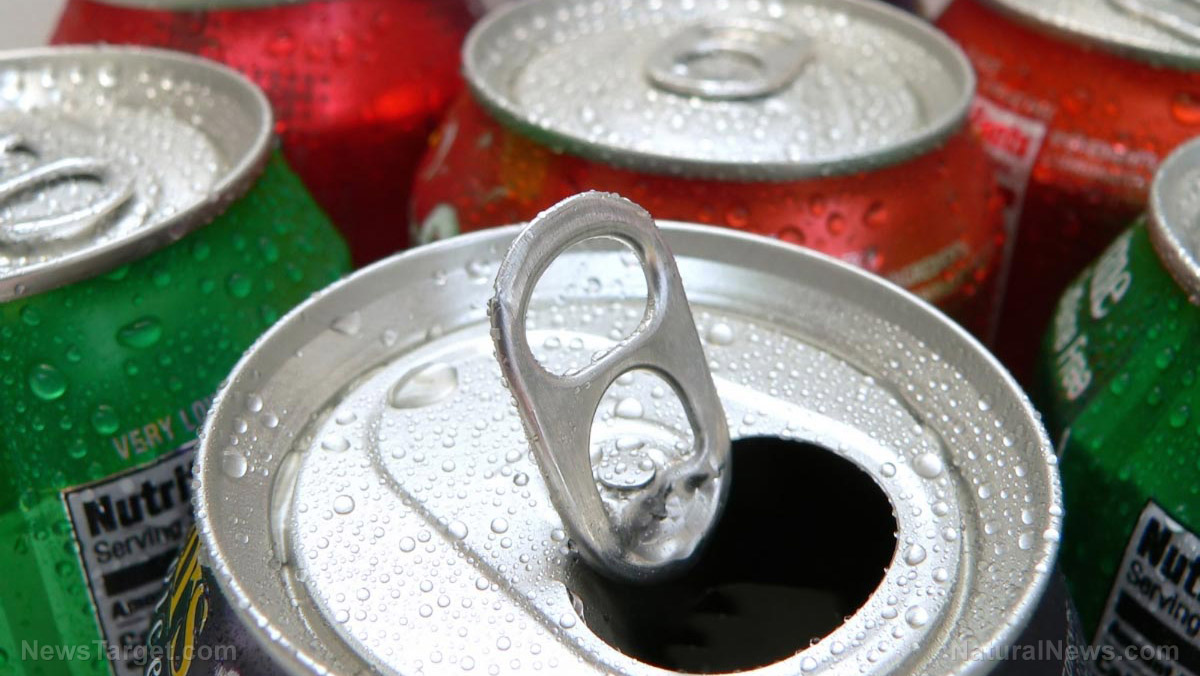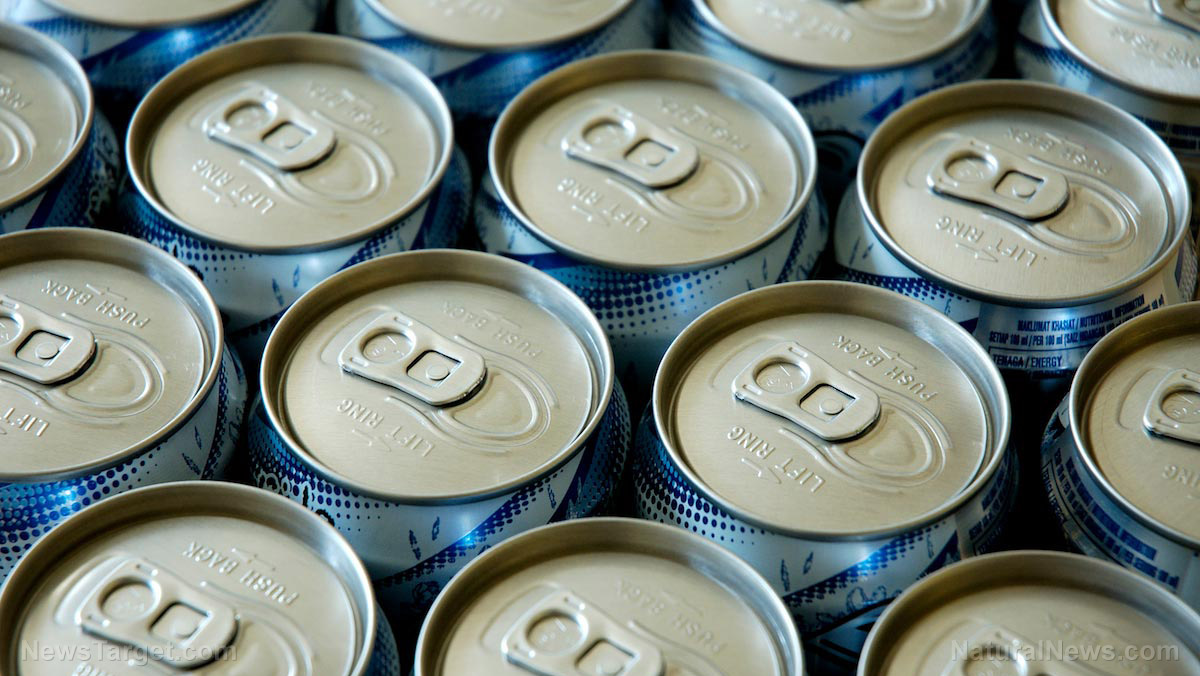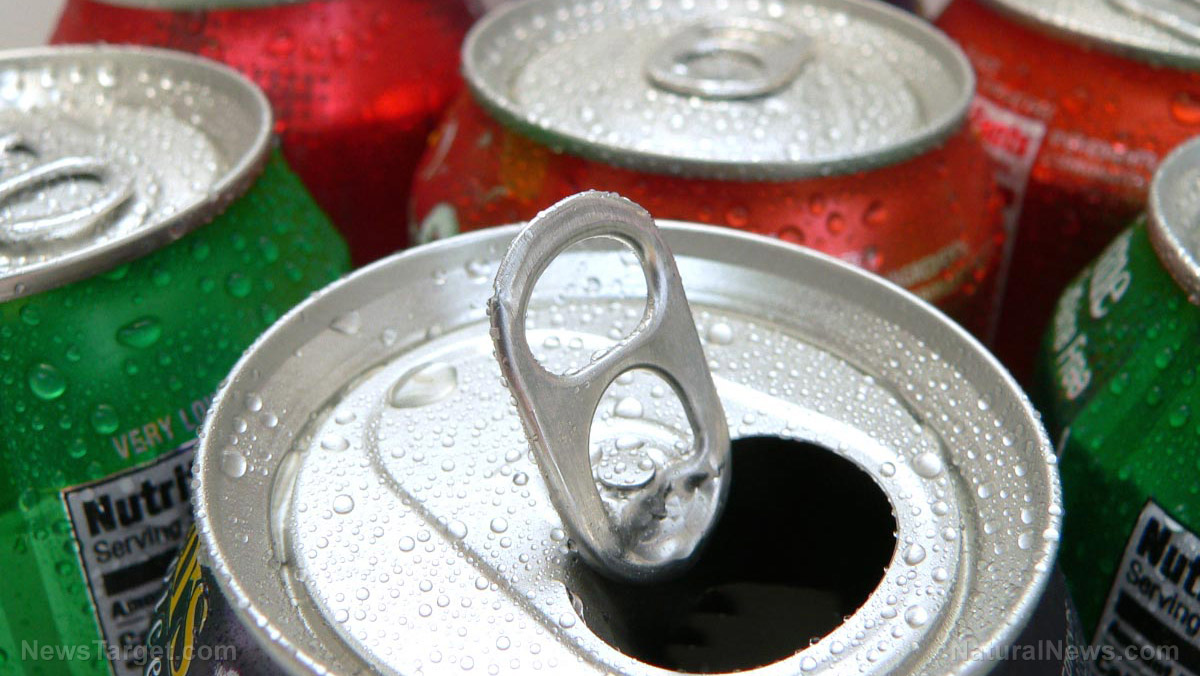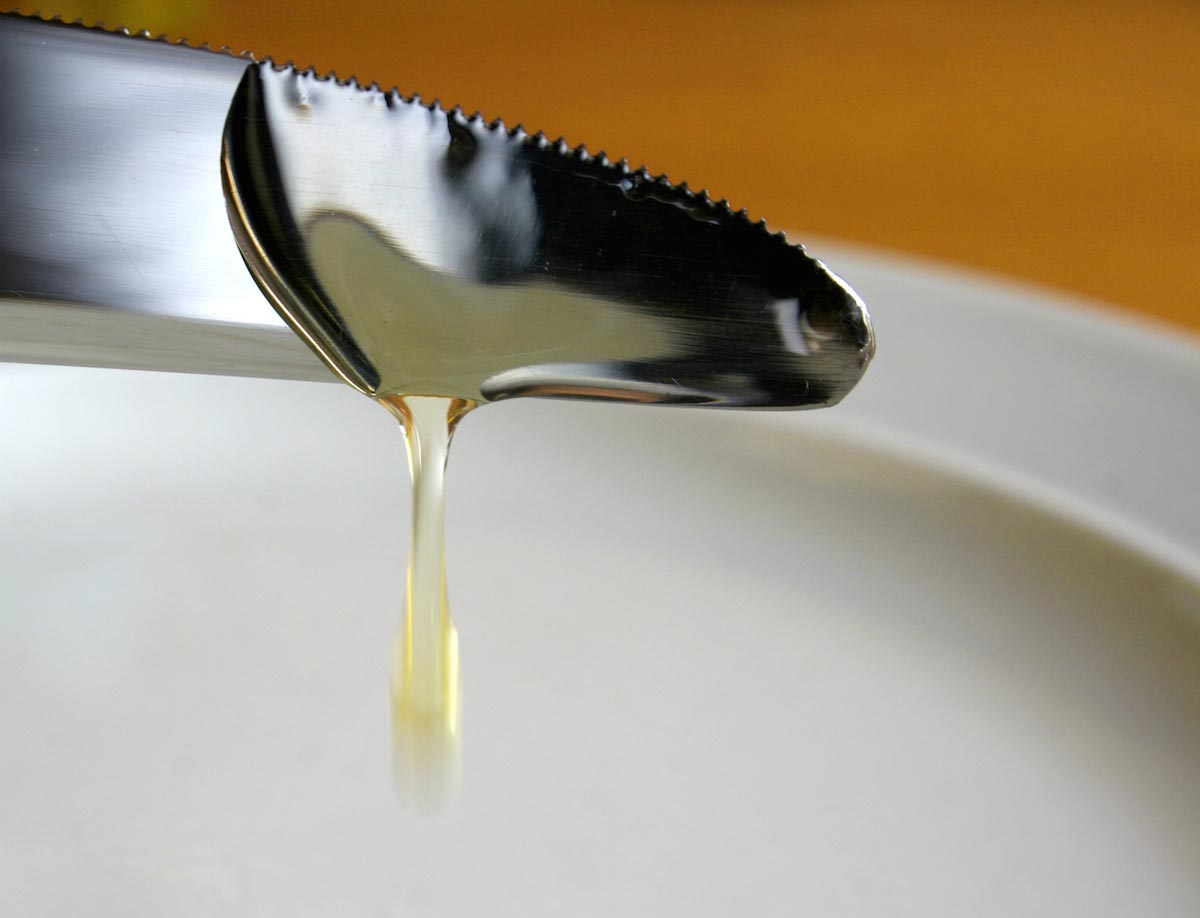Almost 40 percent of U.S. food production goes to waste… here’s how we can do better
07/03/2017 / By Tim Wesley
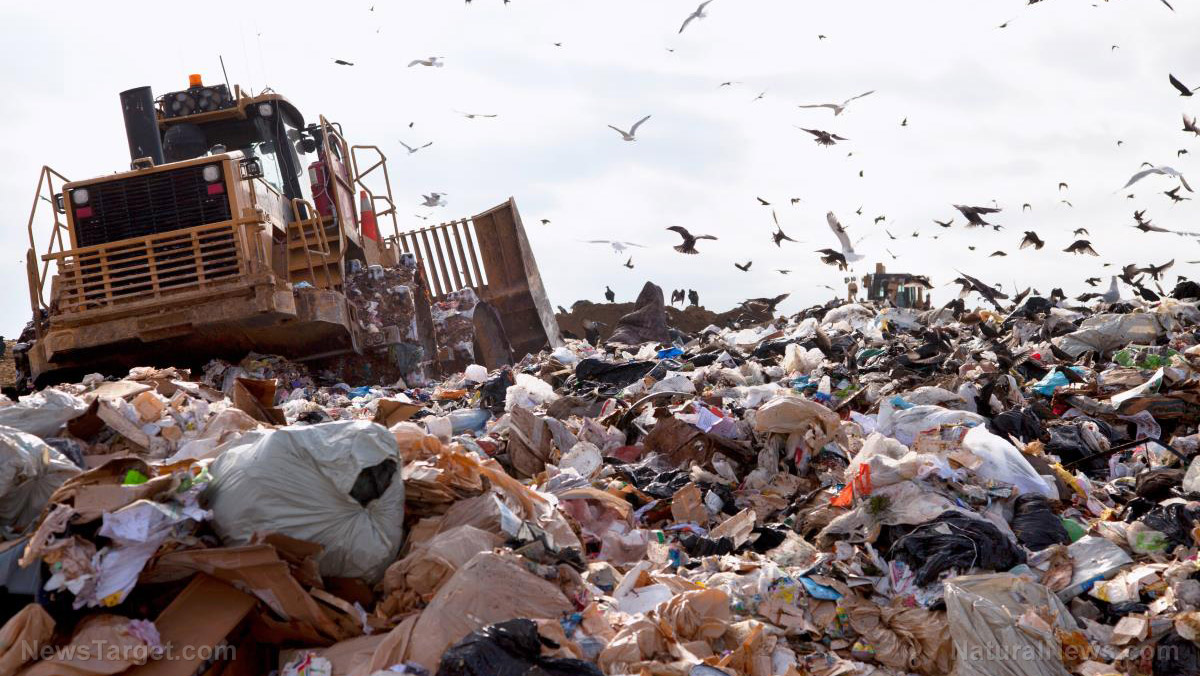
It’s shocking — and depressing — that despite an estimated 842 million starving people in different parts of the world, we are wasting as much as 20 pounds of food each month. That’s according to Ruth Litchfield, professor of food science and human nutrition at Iowa State University.
“It’s a huge problem. When you think that 40 percent of the food produced in the U.S. goes to waste, that is just irresponsible,” Litchfield said. It’s very likely that the fresh produce you have inside your refrigerators are going to end up in the trash can instead of on your plate. The food science professor notes that even though people don’t initially intend to throw food in the trash, they do it more often than they realize.
According to the Food and Agriculture Organization of the United Nations, approximately 1.3 billion tonnes of food produced each year gets lost or wasted. That’s almost a third of the all the food produced in the world. This wastage is not cheap. In fact, food losses amount to about $680 billion in developed countries and $310 billion in developing nations.
Incidentally, fruits and vegetables, as well as roots and tubers are the top food items to get thrown. Based on global data, quantitative food losses per year are almost 30 percent for cereals, 40 to 50 percent for root crops, fruits and vegetables, 20 percent for oil seeds, meat and dairy, and 35 percent for fish.
Litchfield blames the food wastage to the pervasive mentality about food: that more is better. She said people need to stop thinking that it’s better to stock up on more food when grocery shopping or ordering large portions at restaurants. Based on a 2012 study on food waste, the top contributor to food waste is the home (44 percent) right after the food service industry (33 percent).
There are several ways to avoid this. As long as consumers are aware of the impact of their habits and take the relatively small steps to limit food waste, they should be able to save money. Litchfield recommends doing the following:
- Find an alternate use for produce – Granted that you might not be able to consume everything before they wilt, you can try making other dishes where you can still use the ingredient, like as an additive to soups, etc.
- Weekly meal planning – Planning your meal will ensure you don’t waste anything because everything is accounted for. You won’t have to get more than you need because you’ve already set a plan. It’s recommended to use frozen or canned items because they can last until the following week.
- Understand “sell by” dates – Those “best before” labels are actually contributing to food waste because people unknowingly throw food items thinking that they’re already unsafe for consumption. The truth of the matter is the date doesn’t really have anything to do with the safety of the food, but the quality. The only product required by the government to have an expiration date is infant formula.
- Try composting – By composting at home, you’re basically reducing the quantity of waste that’s thrown into landfills.
Know that throwing away food is synonymous to wasting natural resources. You’re also contributing to methane gas emission and climate change. What’s most heart-breaking is, you’re taking away food from people who really need it the most.
There are simple ways to avoid food wastage, according to Susan Arendt, professor of hospitality management at Iowa State: donate foods to shelters or soup kitchens, use leftover foods to other menu items, or working with farmers to use leftovers as livestock feed. But the real solution should be simple enough: get only what you can eat.
Sources include:
Tagged Under: food waste




